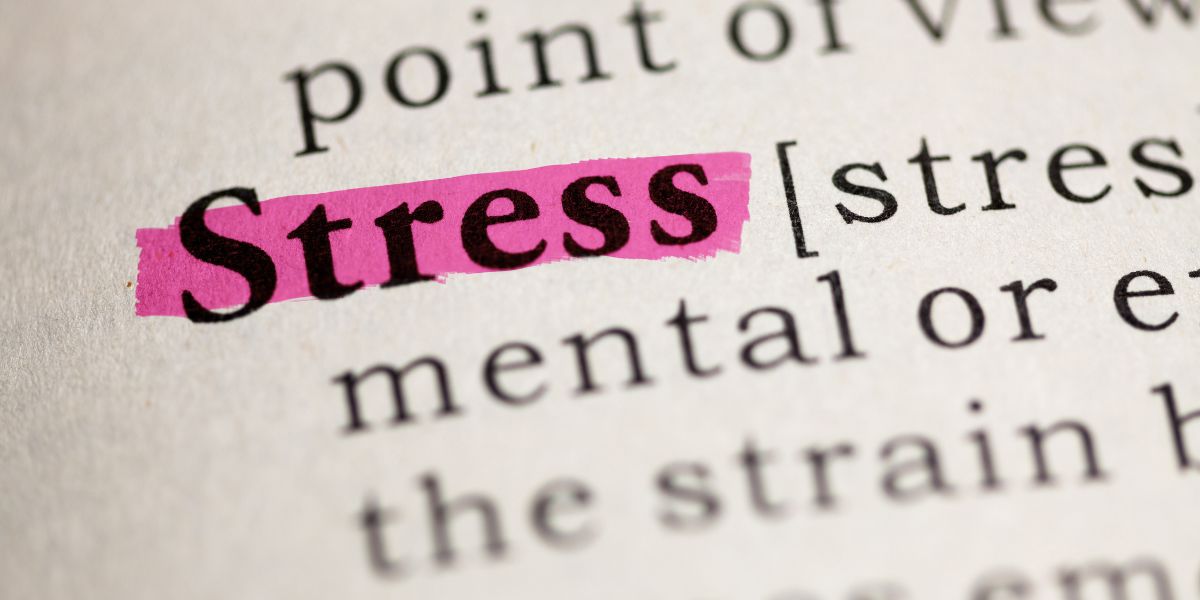In times when you get the feeling of stress, anxiety, or threat, your body instinctive switches its functions. Specifically, the body turns to shallow, rapid breathing that primarily uses the chest, not the diaphragm, and activates the SNS. As a result, it perpetuates the stress response by sending signals to the brain that reinforce feelings of anxiety and tension.
Conversely, deep and slow breathing, which engages the diaphragm, signals the PNS to activate. Deep breaths increase oxygen intake, lower heart rate, and stimulate the vagus nerve—a key player in relaxation. When you activate the PNS, you can control your response, increase your awareness, and take conscious decisions and actions. This shift in breathing patterns can help calm the mind and body, leading to a more peaceful and happy life.
In summary, breath, and stress affect each other. The way you breathe directly influences your body’s stress response. Shallow and rapid breathing creates heightened tension, while deep and slow breathing activates the relaxation response. Harnessing the power of breath can unlock inner calm and provide a sense of peace and balance amidst life’s chaos.

